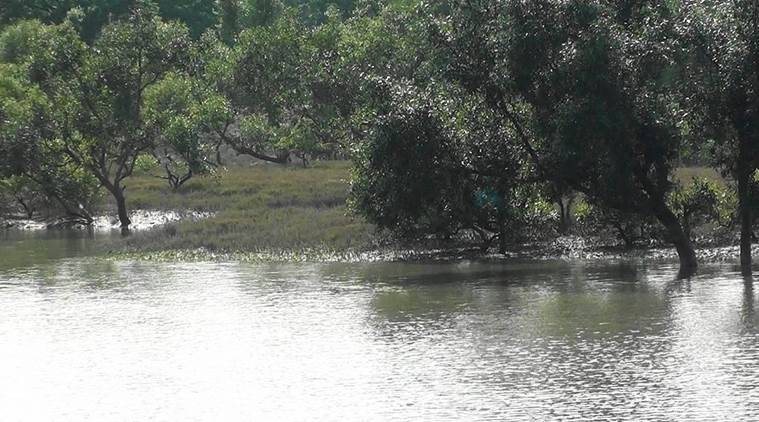At the “Mangrove Alliance for Climate” launch, Union Environment Minister Bhupender Yadav stated that India has demonstrated expertise in mangrove restoration for nearly five decades and can contribute to the global knowledge base.
In his view, mangroves are the best option for fighting the effects of climate change and can assist countries in meeting their nationally determined contributions. An NDC is a plan for limiting global temperatures to well below two degrees Celsius, preferably to 1.5 degrees Celsius.
On the sidelines of the United Nations climate summit COP27, held in Sharm El Sheikh, Egypt, from November 6-18, the UAE and Indonesia launched the alliance. A key objective of the alliance is to enhance the conservation and restoration of mangrove ecosystems worldwide. Several countries have joined as partners, including India, Australia, Japan, Spain, and Sri Lanka.
Due to their distinctive adaptive properties, tropical and subtropical nations consider mangroves natural armed forces. Yadav believes they are the most effective method for combating the effects of climate change, such as sea level rise and the increased frequency of natural calamities such as cyclones and storm surges.
He emphasized that developing a new carbon sink from mangrove afforestation and reducing emissions from mangrove deforestation are two effective ways for countries to achieve their NDC targets and carbon neutrality.
“The inclusion of mangroves in national programs to reduce deforestation and forest degradation is imperative. It is India’s extensive experience in mangrove restoration, studies on ecosystem valuation, and carbon sequestration that can contribute to the global knowledge base,” Yadav stated.
As a result of its expertise in mangrove restoration activities for nearly five decades, India has restored a variety of mangrove ecosystems both on its east and west coasts. According to him, the Andaman, Sundarbans, and Gujarat regions have seen a substantial increase in mangrove cover in India.
India has committed to creating an additional carbon sink of 2.5 to 3 billion tonnes of CO2 equivalent by 2030 through different forest and tree cover as part of its NDCs.
“Mangroves have a remarkable potential for mitigating the concentration of greenhouse gases in the atmosphere as they grow. According to Yadav, it has been shown that mangrove forests can absorb four to five times more carbon emissions than tropical landed forests.
Tropical and subtropical regions of the world contain mangroves found in 123 countries worldwide.
Tropical forests are among the most carbon-dense, accounting for three percent of the world’s carbon sequestration.
Mangroves are one of the most important economic components of tropical coastal regions. At the local, regional, and international levels, it is imperative to ensure the sustainability of coastal habitats, particularly mangroves, to maintain the blue economy,” Yadav explained.
An international mangrove research center will be established in Indonesia as part of this alliance. This center will research the carbon sequestration and ecotourism functions of mangrove ecosystems.
The mangrove tree can grow in saline waters and sequester up to four times more carbon than tropical rainforests. Approximately 80 percent of global fish populations are dependent on mangrove ecosystems.
This year’s climate summit is expected to see developed countries encourage developing nations to intensify their climate plans.
Developing countries, on the other hand, would seek the commitment of developed nations to provide the necessary financing and technology to address climate change and its consequences.
As Yadav said on Sunday, India expects rich countries to take action in climate finance and technology transfer and strengthen poor and developing countries’ capacity to combat climate change.
“In terms of climate finance, technology transfer, and capacity building, India believes COP27 should be the ‘COP for Action.
There is a huge problem facing the world today. Action cannot be delayed; therefore, concrete solutions must be developed and implemented at the COP27,” the environment minister noted.
This year’s UN climate summit takes place against the backdrop of Russian aggression in Ukraine and the ensuing energy crisis, which has strained countries’ abilities to address climate change urgently.
